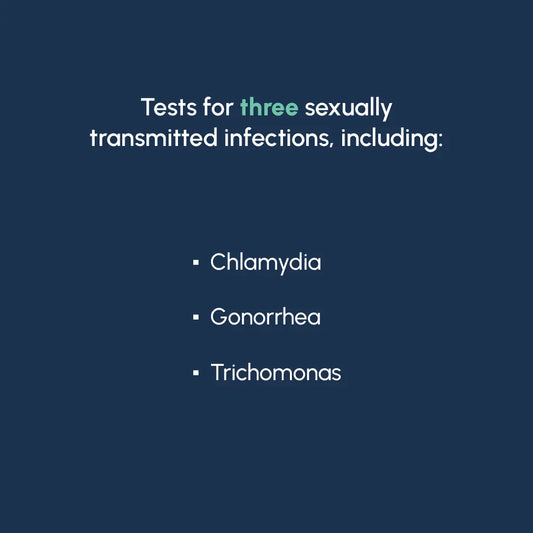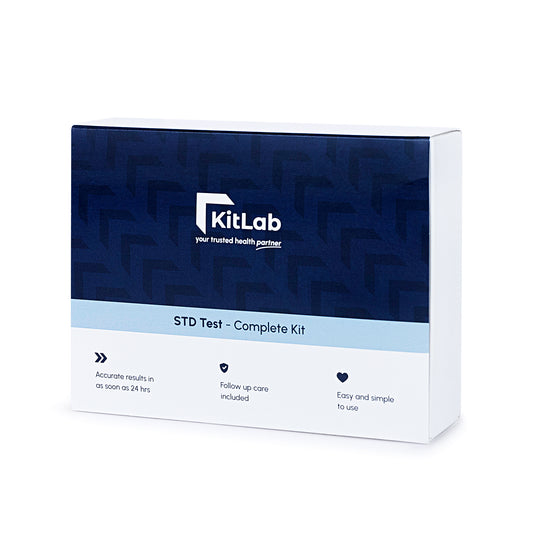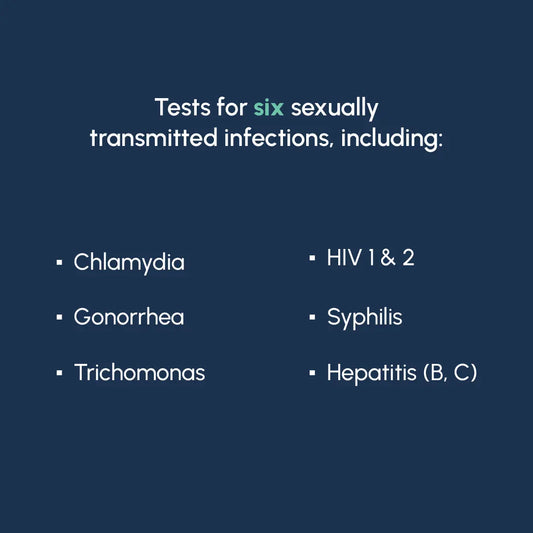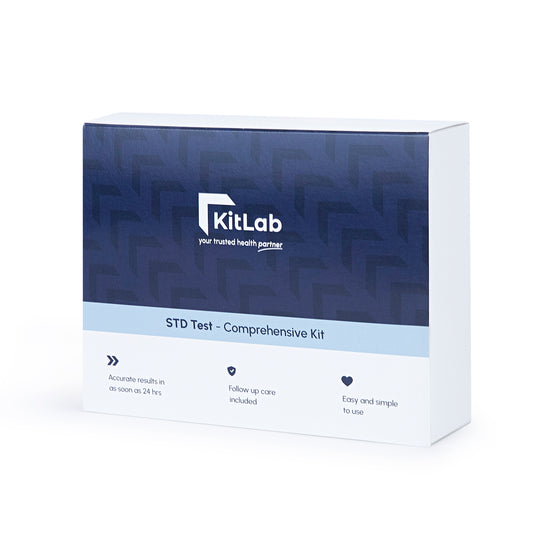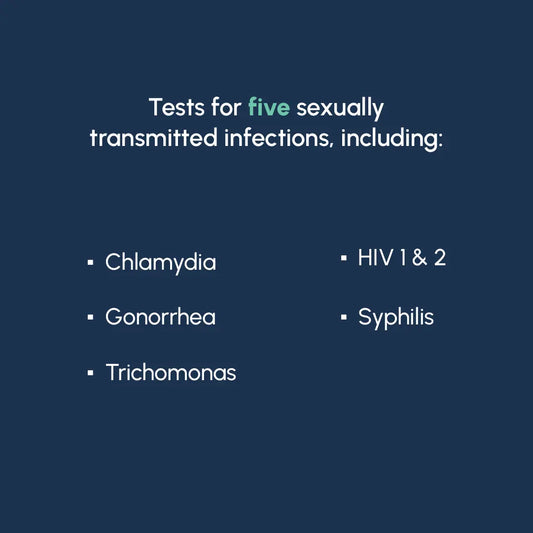Disproportionate Impact of STIs: Addressing Health Inequities with At-Home Testing

Sexually transmitted infections (STIs) continue to pose a significant public health challenge in the United States, disproportionately affecting certain populations. These disparities highlight the urgent need for targeted interventions and accessible healthcare solutions, such as at-home testing, which can play a crucial role in bridging the gap.
Disproportionate Impact on Vulnerable Populations
STIs affect all demographics, but some groups bear a heavier burden due to a combination of social, economic, and healthcare disparities. According to the Centers for Disease Control and Prevention (CDC), STIs disproportionately impact:
1. Gay and Bisexual Men: Men who have sex with men (MSM) account for a significant portion of new STI cases, particularly syphilis and gonorrhea. The prevalence of risky sexual behaviors and barriers to accessing healthcare services contribute to this trend (CDC).
2. Racial and Ethnic Minorities: Black/African American and American Indian/Alaska Native populations experience higher rates of STIs compared to other racial and ethnic groups. These disparities are often linked to socio-economic factors, including poverty, limited access to healthcare, and systemic discrimination (CDC).
3. Young People: Individuals aged 15-24 account for nearly half of all new STI cases in the US. Factors such as lack of education on sexual health, limited access to prevention services, and behavioral risk factors contribute to this high incidence (CDC) (HHS.gov).
4. Women: Women, especially those from marginalized communities, face unique challenges related to STIs, including higher rates of untreated infections leading to severe reproductive health issues such as pelvic inflammatory disease (PID) and infertility (HHS.gov).
The Role of At-Home Testing
At-home STI testing has emerged as a promising solution to address these disparities by providing an accessible, private, and convenient way for individuals to screen for infections. This approach offers several benefits:
1. Accessibility and Convenience: At-home testing kits allow individuals to collect samples in the privacy of their homes, which can be particularly beneficial for those who face stigma or fear of discrimination in traditional healthcare settings. This is crucial for MSM and young people who may be hesitant to seek in-person testing (CDC).
2. Reducing Barriers to Care: At-home testing reduces common barriers such as transportation issues, long wait times, and limited clinic hours. This is especially important for people living in rural or underserved areas where healthcare facilities may be sparse (CDC) (HHS.gov). 2. Encouraging Routine Testing: By making testing more accessible, at-home kits can encourage more frequent and routine screening, which is vital for early detection and treatment of STIs. This can help reduce the spread of infections and improve overall public health outcomes (CDC) (HHS.gov).
3.Privacy and Confidentiality: The privacy afforded by at-home testing can lead to higher testing rates among populations who might otherwise avoid getting tested due to concerns about confidentiality. This includes teenagers, young adults, and members of the LGBTQ+ community (CDC).
Supporting Evidence
A study published in the Journal of Medical Internet Research found that at-home testing significantly increased the uptake of STI screening among high-risk populations. Participants reported feeling more comfortable and in control when using at-home kits, leading to higher follow-up rates for positive results (CDC).
Moreover, a report by the National Coalition of STD Directors (NCSD) emphasizes the importance of integrating at-home testing into public health strategies to reach underserved communities effectively. The NCSD advocates for increased funding and support for programs that distribute at-home testing kits, particularly in areas with high STI prevalence (HHS.gov).
Conclusion
The disproportionate impact of STIs on vulnerable populations underscores the need for innovative and accessible solutions like at-home testing. By reducing barriers to care and encouraging routine screening, at-home testing can play a critical role in addressing health inequities and improving public health outcomes. Collaborative efforts between public health agencies, community organizations, and healthcare providers are essential to expand the reach and effectiveness of these testing programs, ultimately reducing the burden of STIs in the most affected communities.
For more information, you can refer to the CDC and NCSD reports, as well as the latest studies published in reputable medical journals.


